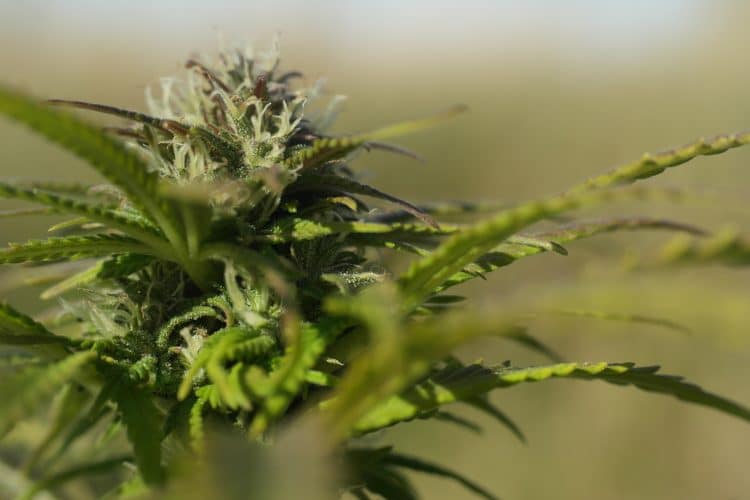Is acetone really in your extracts or did it come from beyond?
Solvent-based extraction of cannabis and hemp warrants the measurement of any solvents such as butane or ethanol that aren’t fully removed from extracts. In the federally illegal cannabis industry, residual solvent testing is required. While no such testing is regulated in the federally legal hemp industry, many product manufacturers understand the importance of this analysis already without being specifically mandated to pay for the test.
Acetone is considered a Class 3 solvent meaning it has a lower toxicity and therefore, less health risks (there are still risks) than Class 1 or 2 solvents. Ethanol and isopropanol are also considered Class 3 solvents. Carbon tetrachloride or dichloroethane are Class 1 solvents; acetonitrile, methanol, and chloroform are examples of Class 2 solvents.
In Michigan, limits set on acetone are 750 parts per million (ppm) and 5000 ppm for inhalable and all other products, respectively. California and the Association for Public Health Laboratories also indicate upper limits of 5000 ppm. Vermont and Maryland don’t mention acetone in their testing requirements, so there’s no standardization regarding this solvent yet.
The thing is, though, that a positive hit for acetone at any level might raise red flags that the product has been exogenously contaminated since it’s doubtful that product manufacturers are using this solvent directly. Perhaps the contamination came from equipment and laboratory wipe-downs since acetone is a commonly used cleaning agent within analytical labs or extraction facilities. There’s another reason why acetone might be found in cannabis extracts… terpenes.
Terpene oxidation produces a variety of degradation molecules. [1] This was demonstrated in a 1999 study that evaluated 12 terpene standards. [1] Most of the terpenes produced acetone when reacted with hydroxyl radicals (-OH) and nitric oxide (NO), except for limonene. When reacted with ozone (O3), every terpene formed acetone except limonene and α-phellandrene as measured using gas chromatography-flame ionization detection (GC-FID). The greater sensitivity of GC-mass spectrometry, however, enabled the detection of low concentrations (< 0.02 molar yield) of acetone from limonene, α-phellandrene, β-pinene, and α-terpinene.
The largest producers of acetone were myrcene, terpinolene, and camphene when reacted with OH radicals and NO; and terpinolene, myrcene, 3-carene, and ocimene when reacted with ozone. [1] Linalool has also formed acetone. [2] These reaction mechanisms combined with atmospheric terpene concentrations mean that acetone is formed in the air. [3]
So, terpene breakdown can lead to acetone under specific chemical conditions. But how does this relate to cannabis? If your lab says they measured acetone but you or your toll processor don’t use this solvent in the extraction method, where can it be coming from? Tune in next week as we expose other possible causes.
References
- Reissell, A, et al. “Formation of Acetone from the OH Radical- and O3-initiated Reactions of a Series of Monoterpenes.” Journal of Geophysical Research, vol.104, no.D11, 1999, pp.13,869-13,879. [journal impact factor = 3.59; times cited 36 (SemanticScholar)]
- Calogirou, A., Kotzias, D., Kettrup, A. “Atmospheric Oxidation of Linalool.” Naturwissenschaften, vol. 82, 1995, pp.288-289. [journal impact factor = 1.835; times cited 3 (SemanticScholar)]
- Guenther, A., et al. “Natural Emissions of Non-Methane Volatile Organic Compounds Carbon Monoxide, and Oxides of Nitrogen from North America.” Atmospheric Environment, vol.34, 2000, pp. 2205-2230. [journal impact factor = 4.012; times cited 318 (SemanticScholar)]
Image Credit: Skalle-Per Hedenhös – Own work, CC BY-SA 4.0











